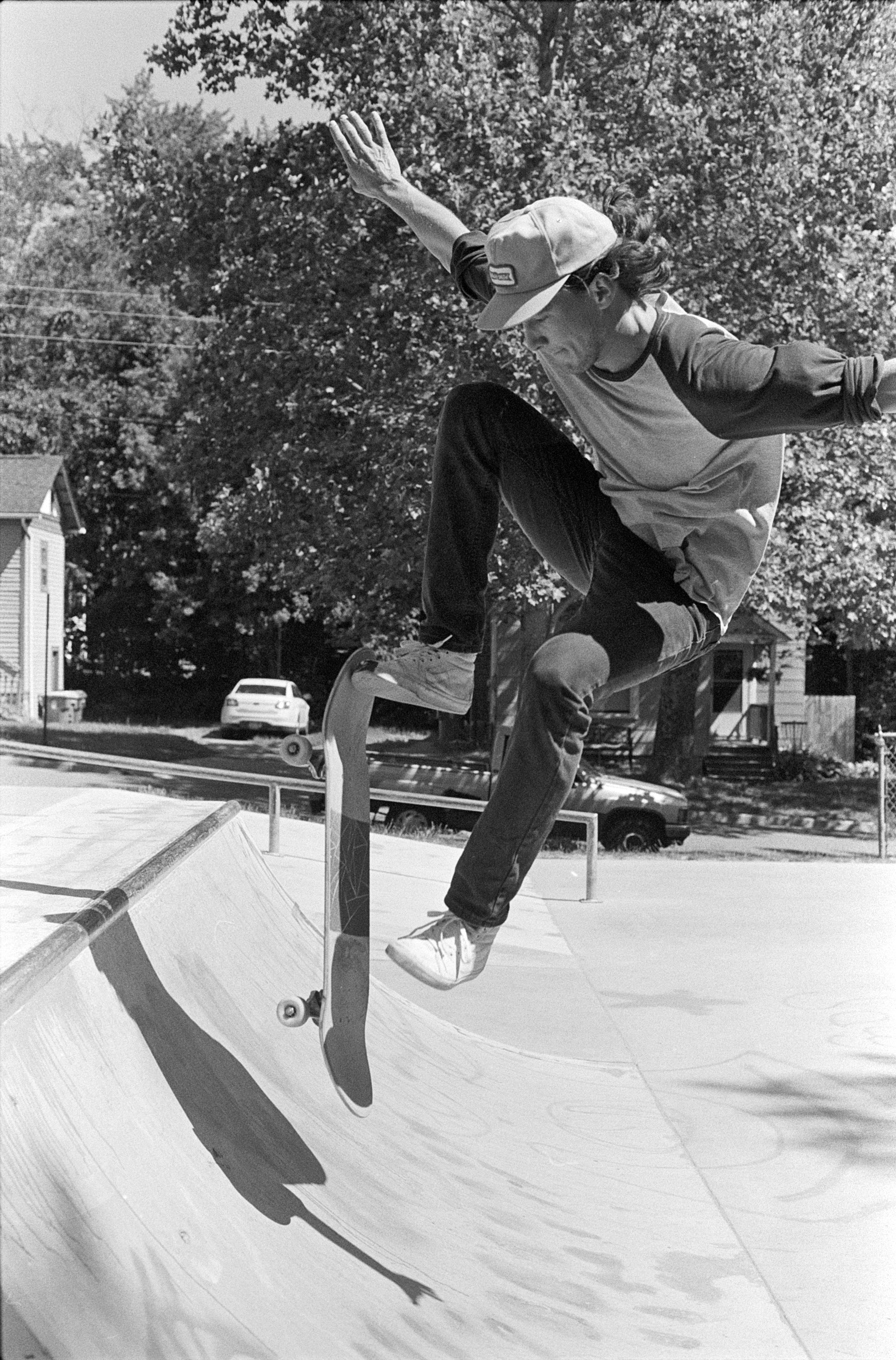Why Film?
People have a certain amount of respect for film. As a tangible and old-fashioned medium (or ‘retro’, as it’s now popular again), film creates a sense of purpose and importance. Particularly when faced with a large-format camera, people tend to take more care in presenting themselves well, posing deliberately, and otherwise minding the long-lasting durability of the images that are being made. Well, if they’re not intimidated by the large camera, anyways—make sure your subjects are comfortable! Being focused and deliberate doesn’t have to mean your subjects are scared stiff!
The other primary consideration is for the photographer. There’s an expression in purchasing musical instruments that the first 50% of the cost is for the audience, and everything past that is for the musician. The idea is that the performer is going to be more sensitive to the nuances of the instrument they play than anyone else has the ability to be. There are certain responsive and tactile elements of an instrument that are unique to that particular instrument, and are impossible to duplicate fully. Those elements have the potential to change a musician’s rendering of the music in significant ways, even if the average listener wouldn’t notice much sonic difference compared to another instrument.
Film in photography is much the same. Compared to the sheer volume of photos and plethora of options in digital photography and post-processing, a film photographer must be more committed to finding photos that work for the medium. The result of that search tends to be fewer images, but with a larger ratio of “keepers”.
There are other limitations, such as stagnant camera development for the last 20-odd years, reduced availability of film, larger per-photo costs, and the age and wear of much film equipment. The joys of the workflow outweigh those limitations in my mind! Not to mention that the final product is a physical, tangible item that I can look at in the real world before it ever gets printed.
Marshall McLuhan said that “the medium is the message.” I disagree—in any art form the medium is a delivery system, and its only value is the sum total of its logistical costs. A poor message can’t be made effective by means of a different medium! That said, an artist’s grasp of their medium gives them maximum control over the delivery of their message, and that’s a strength that can’t be overstated. In other words, constraints are a powerful creative tool, and shooting film is a marvelous photographic constraint that can inspire the photographer and subject alike to make the most of the medium. That’s worth a lot!


